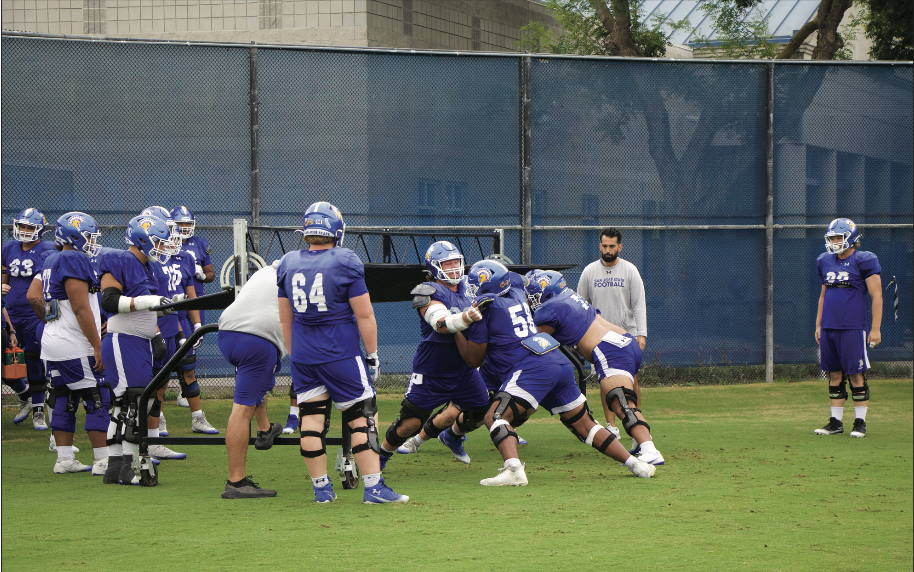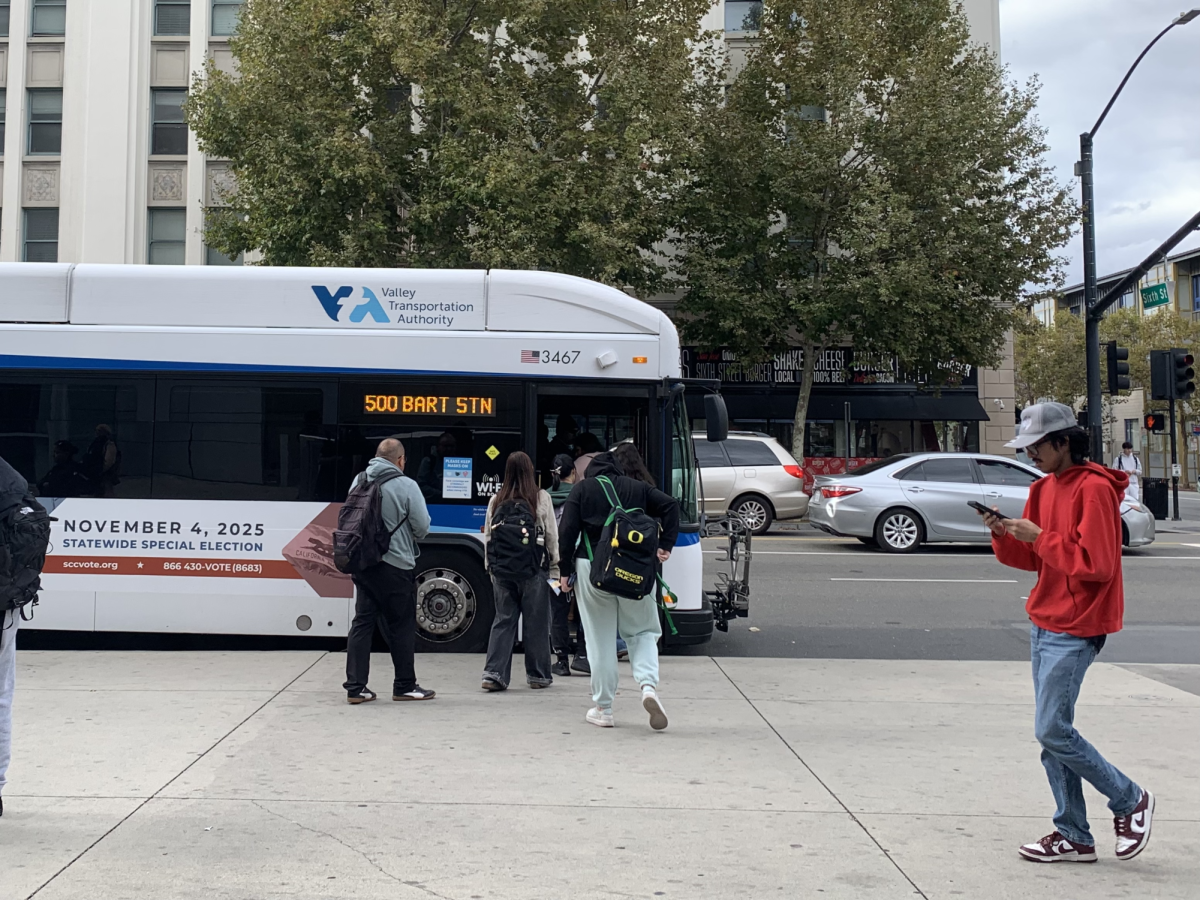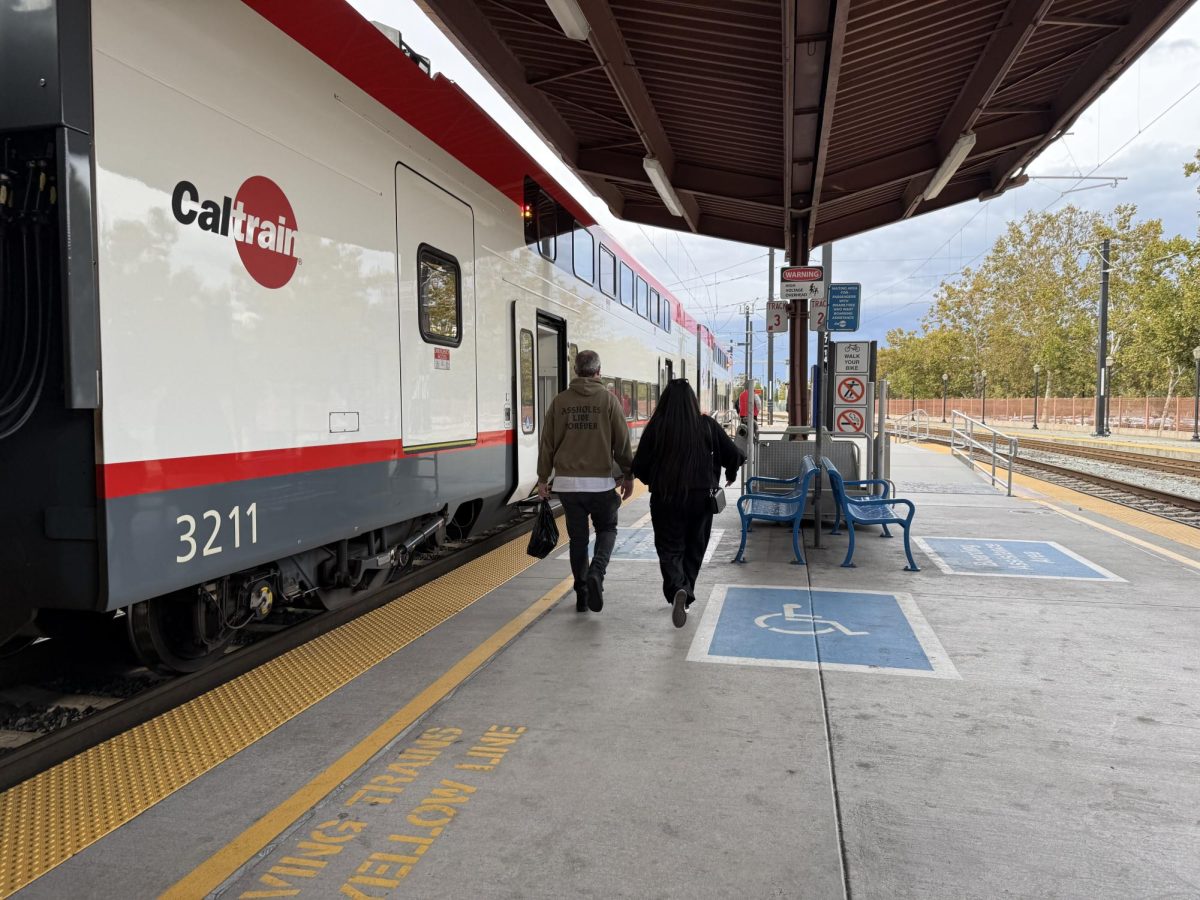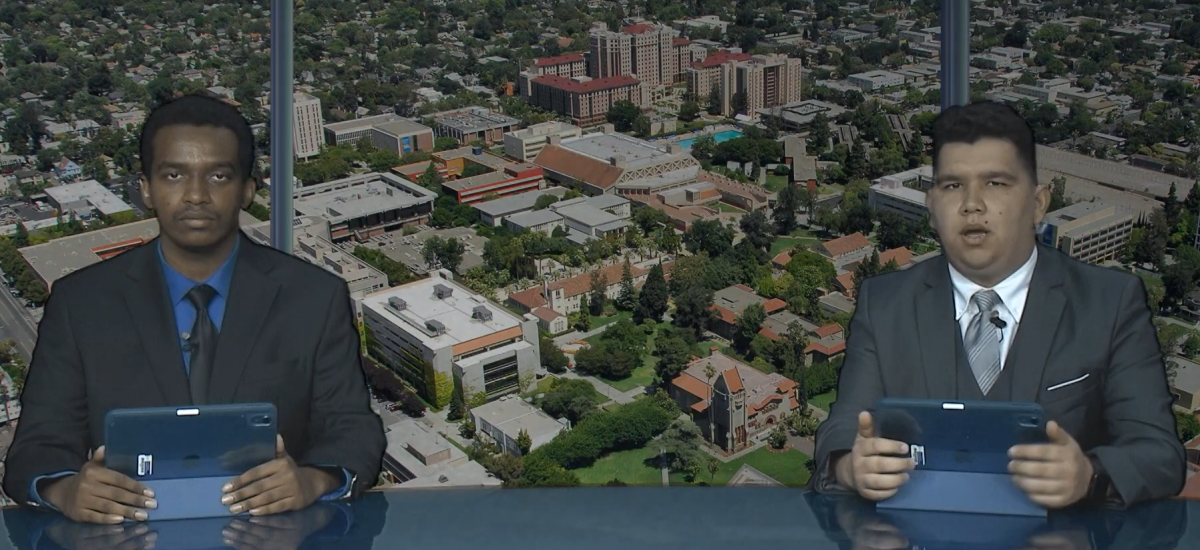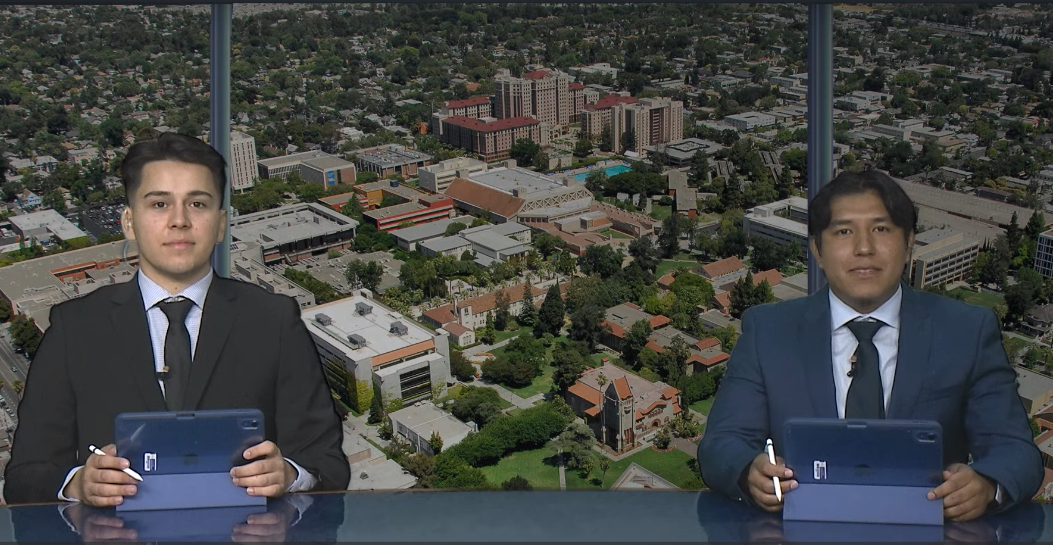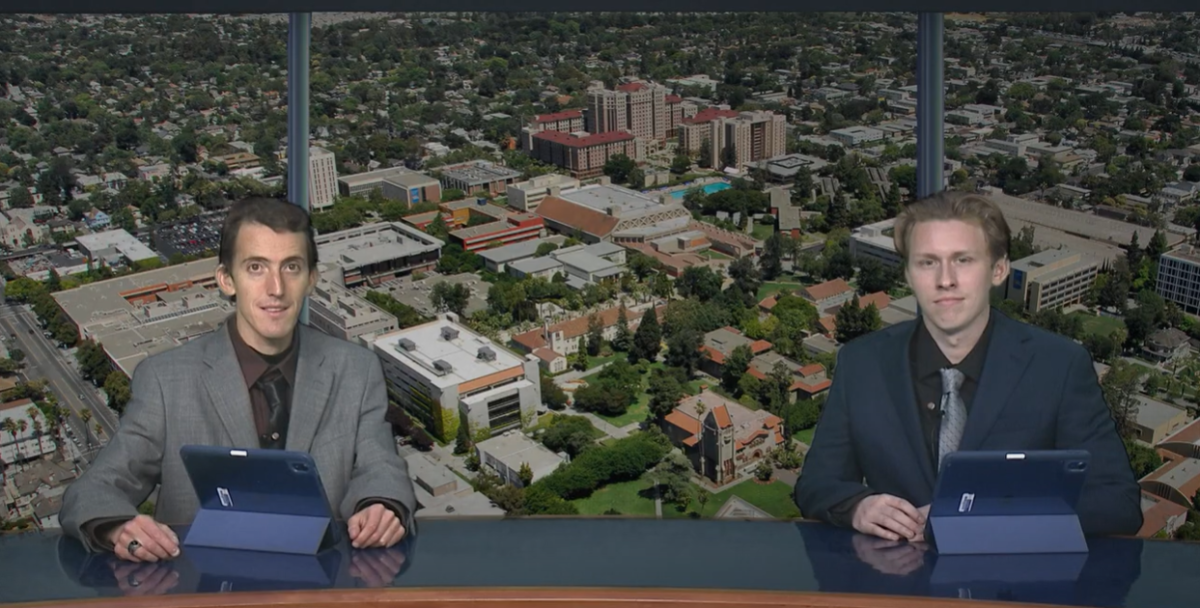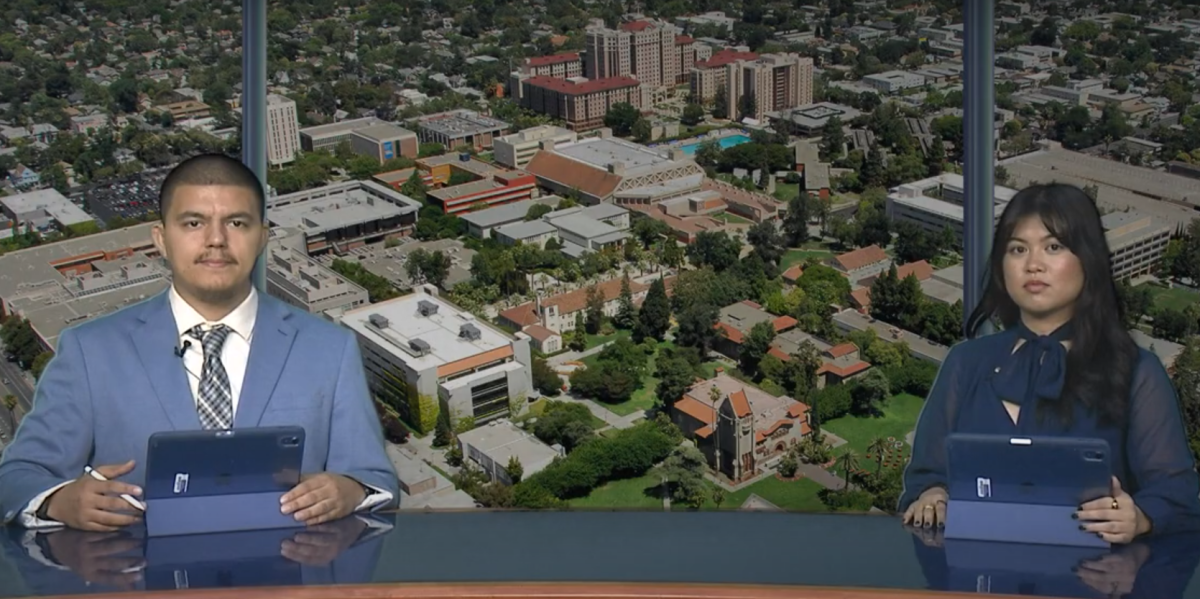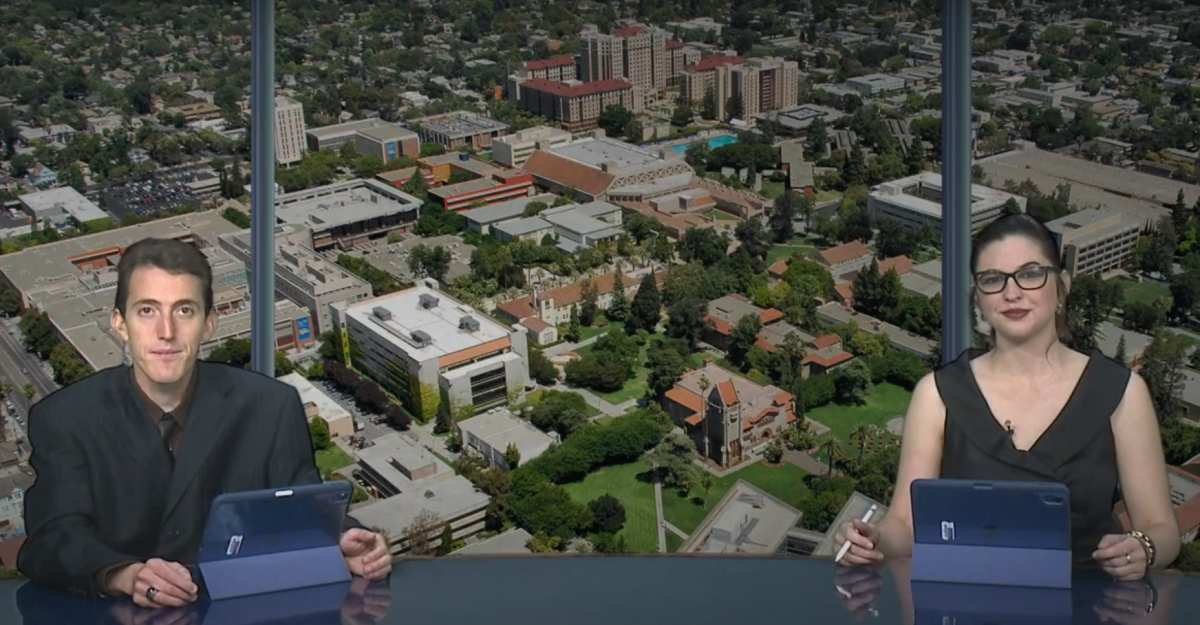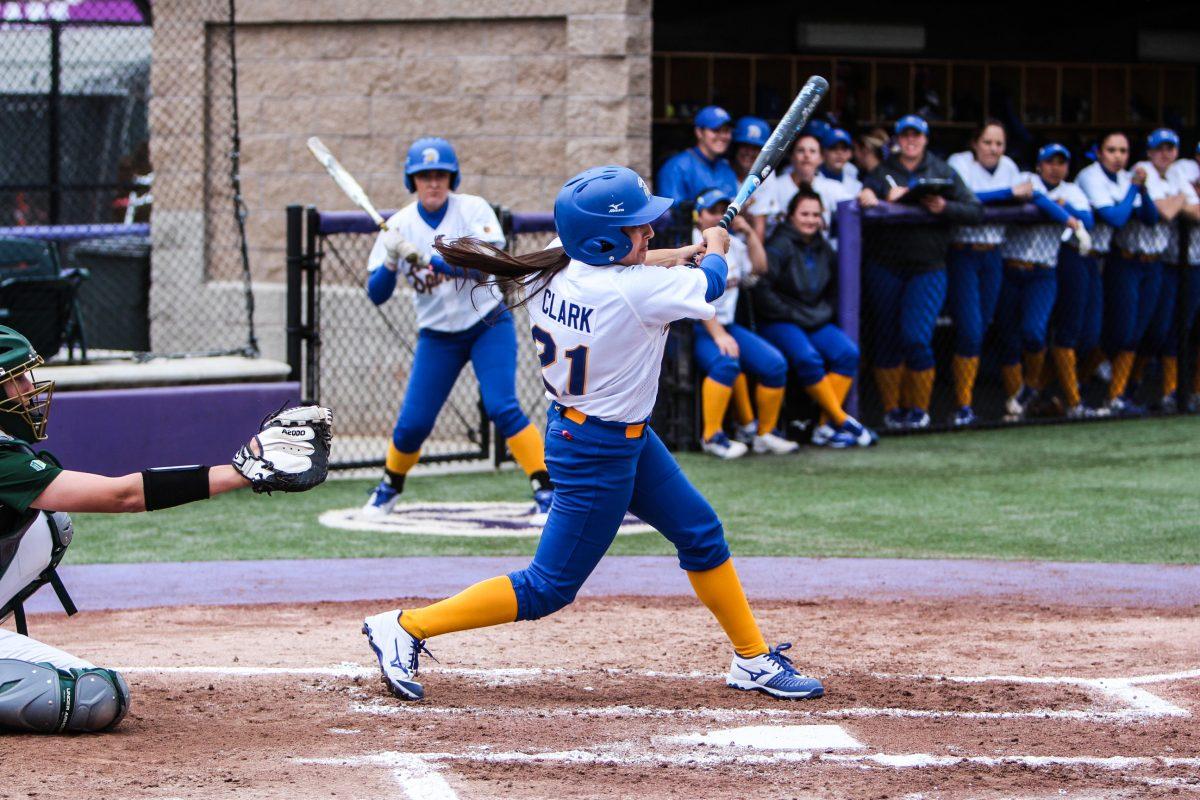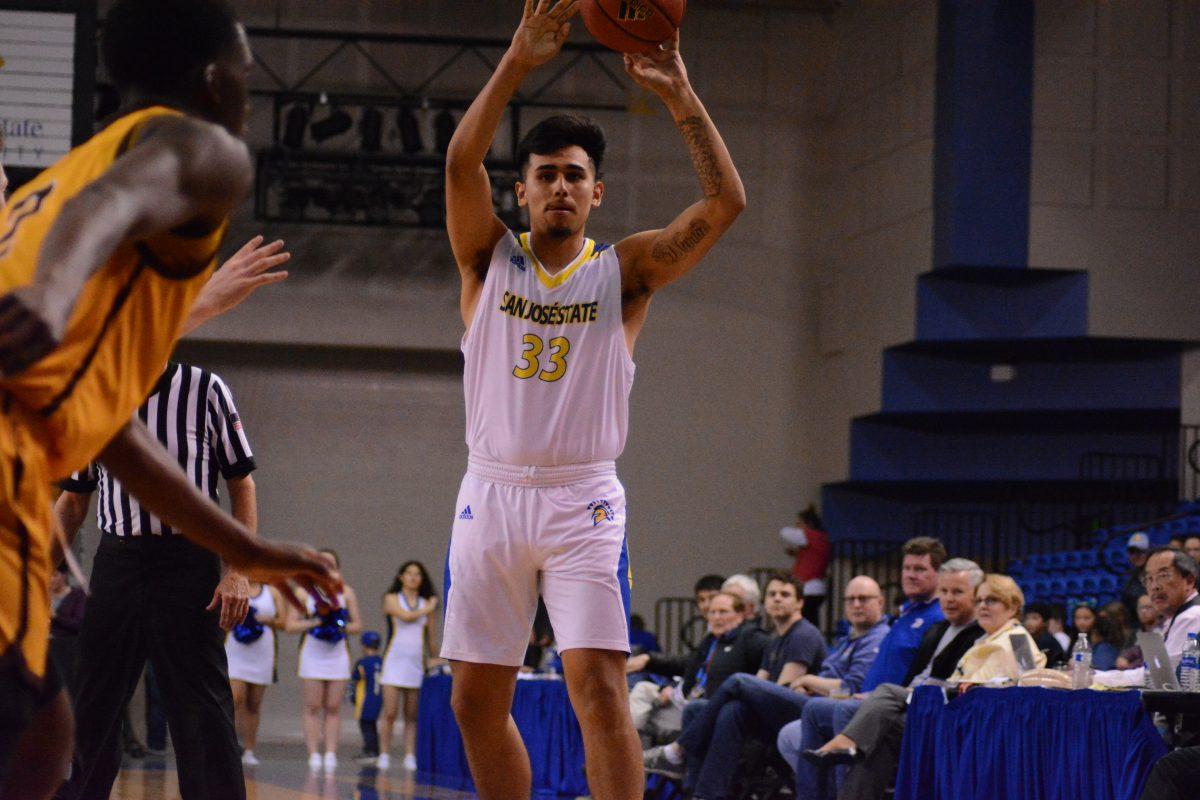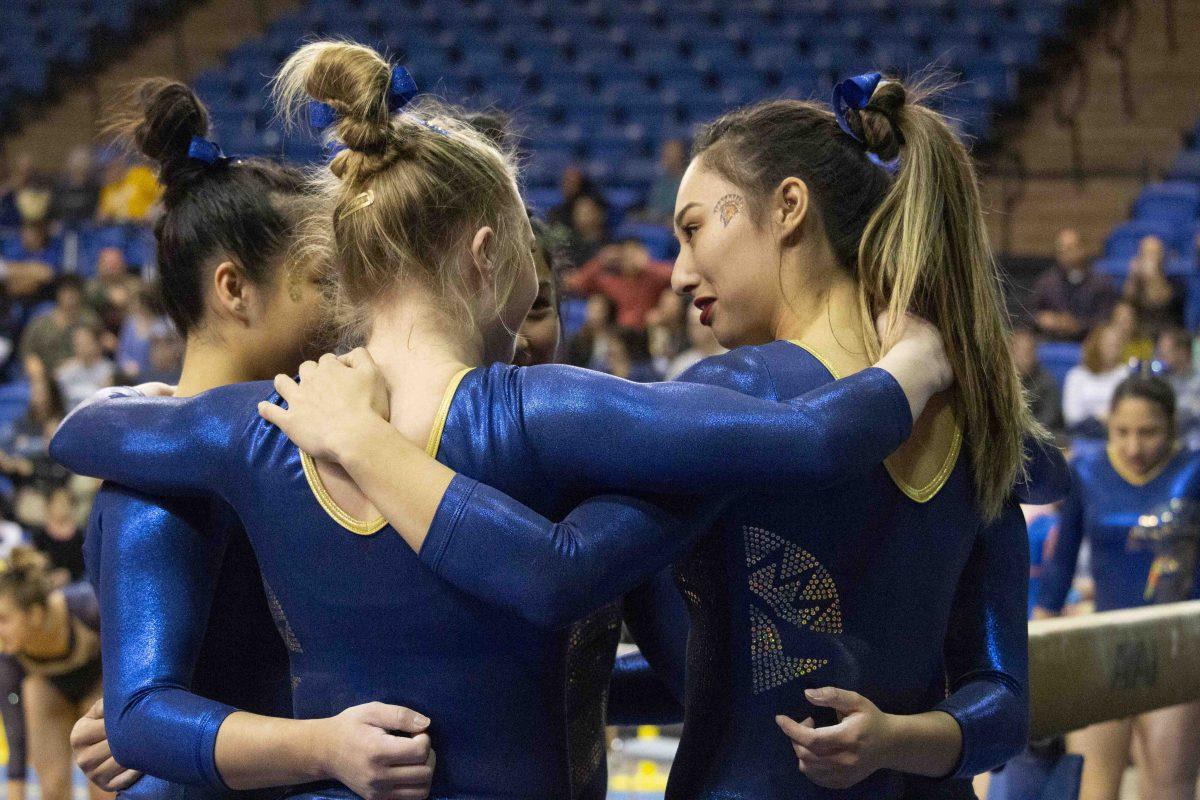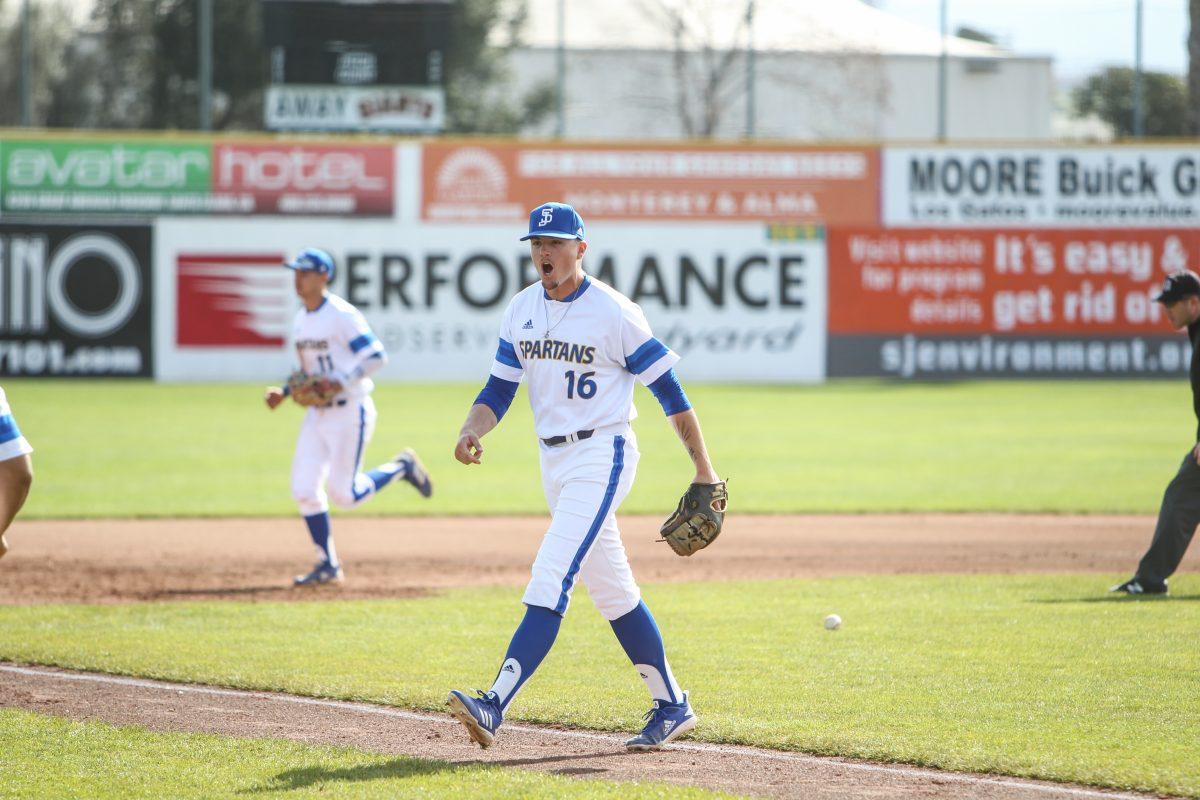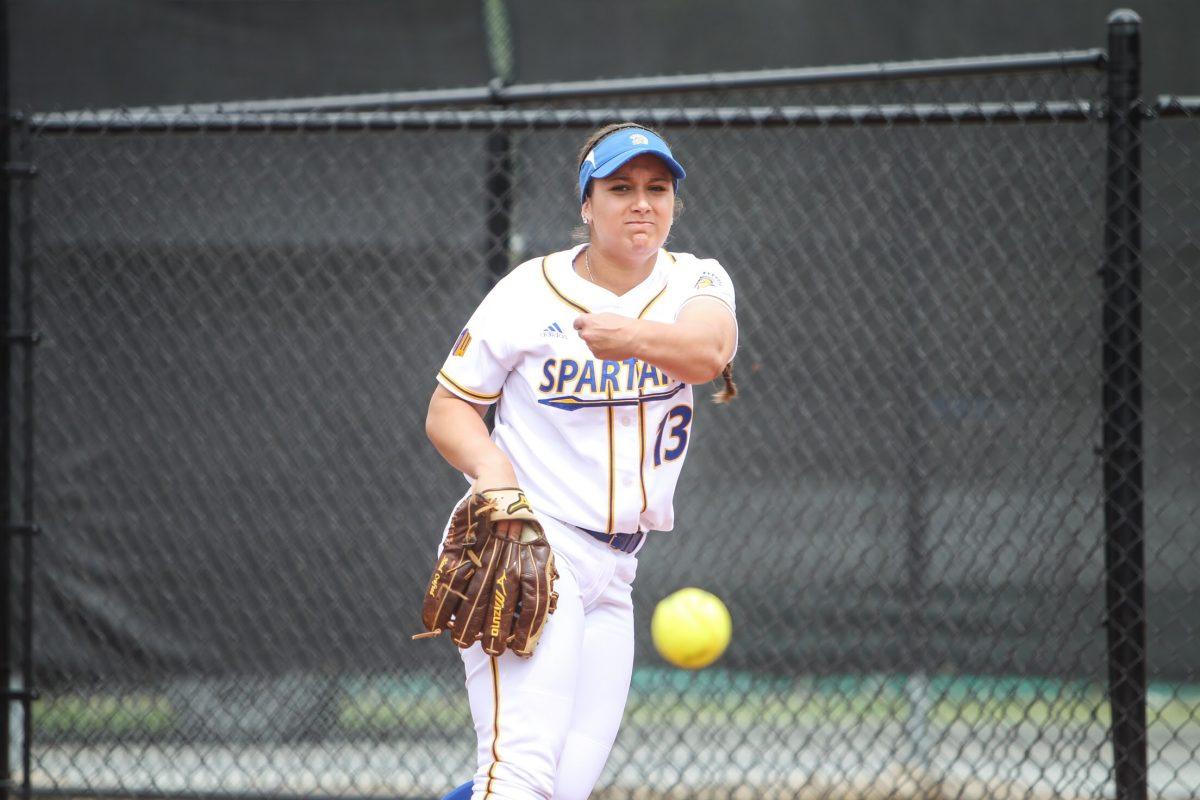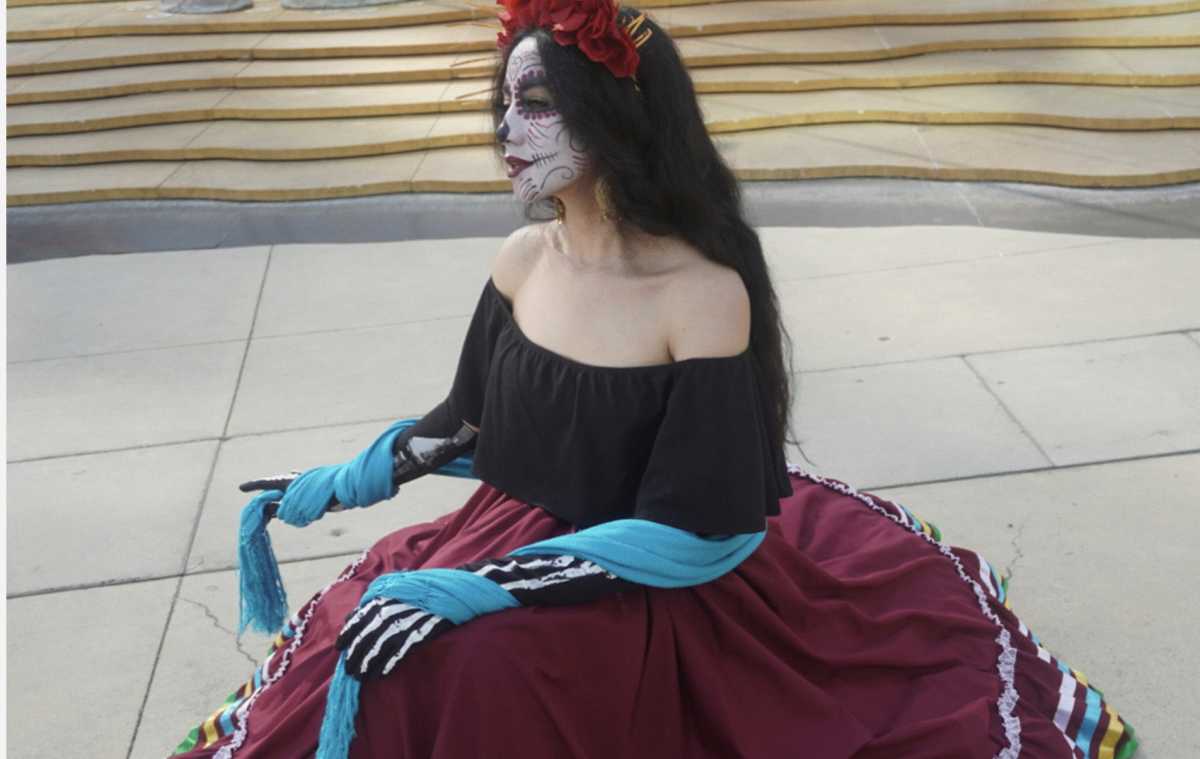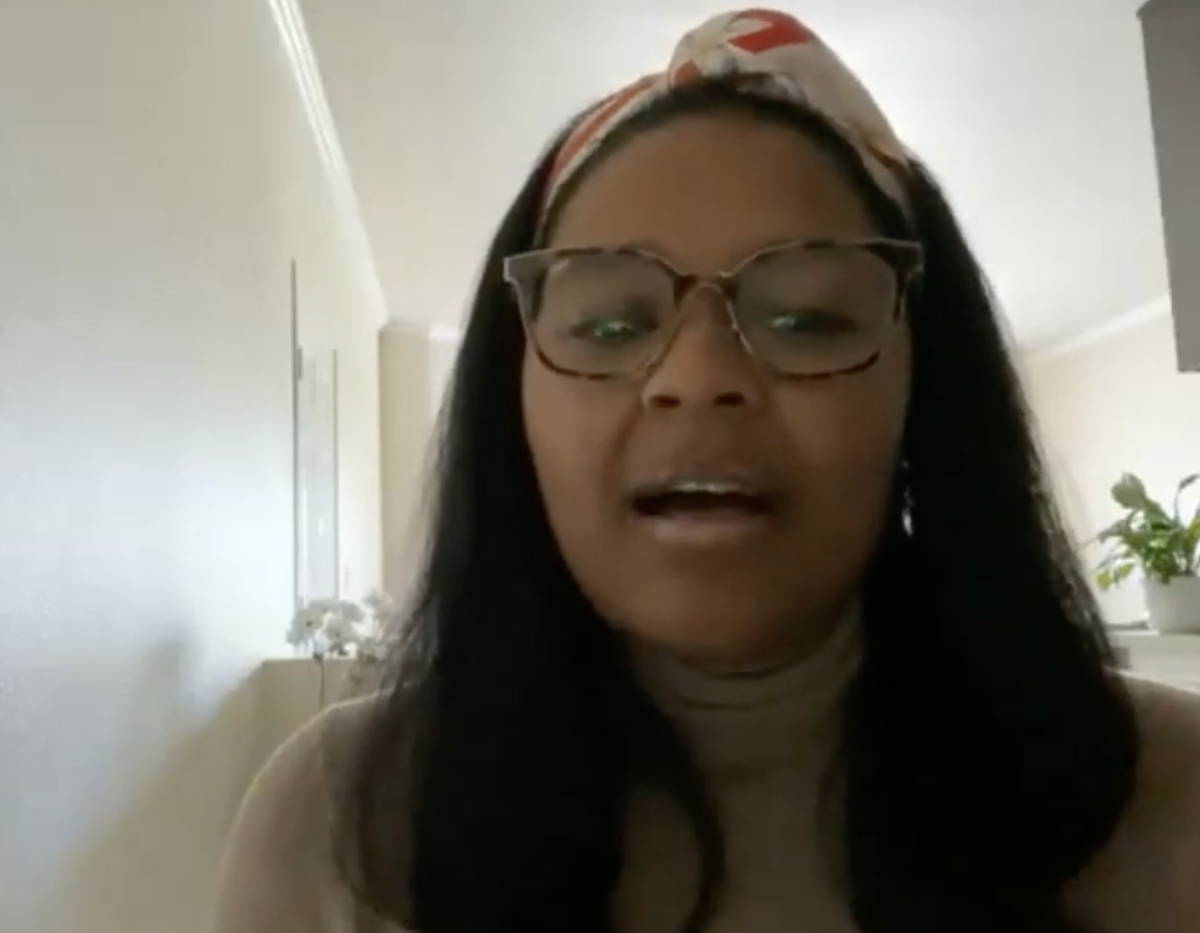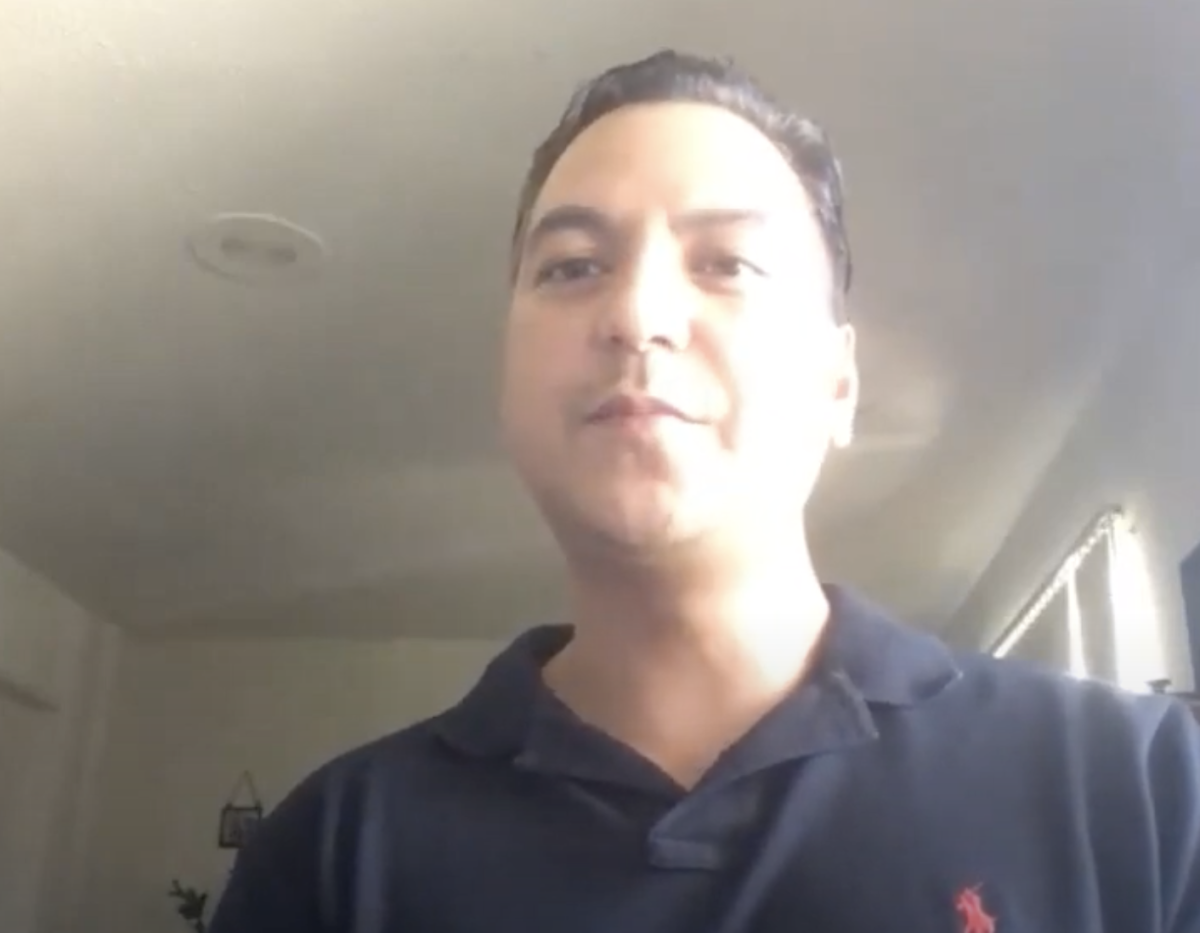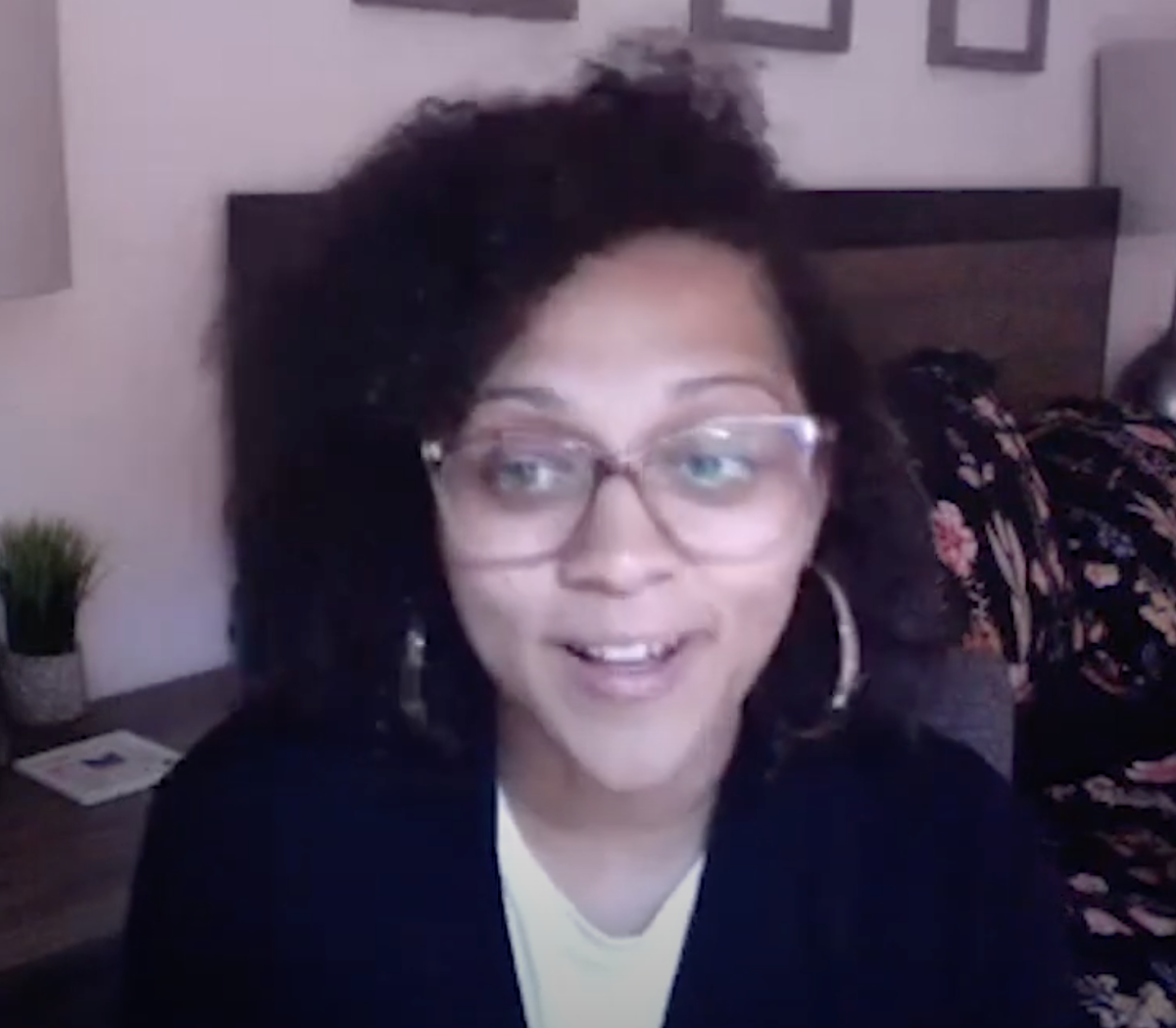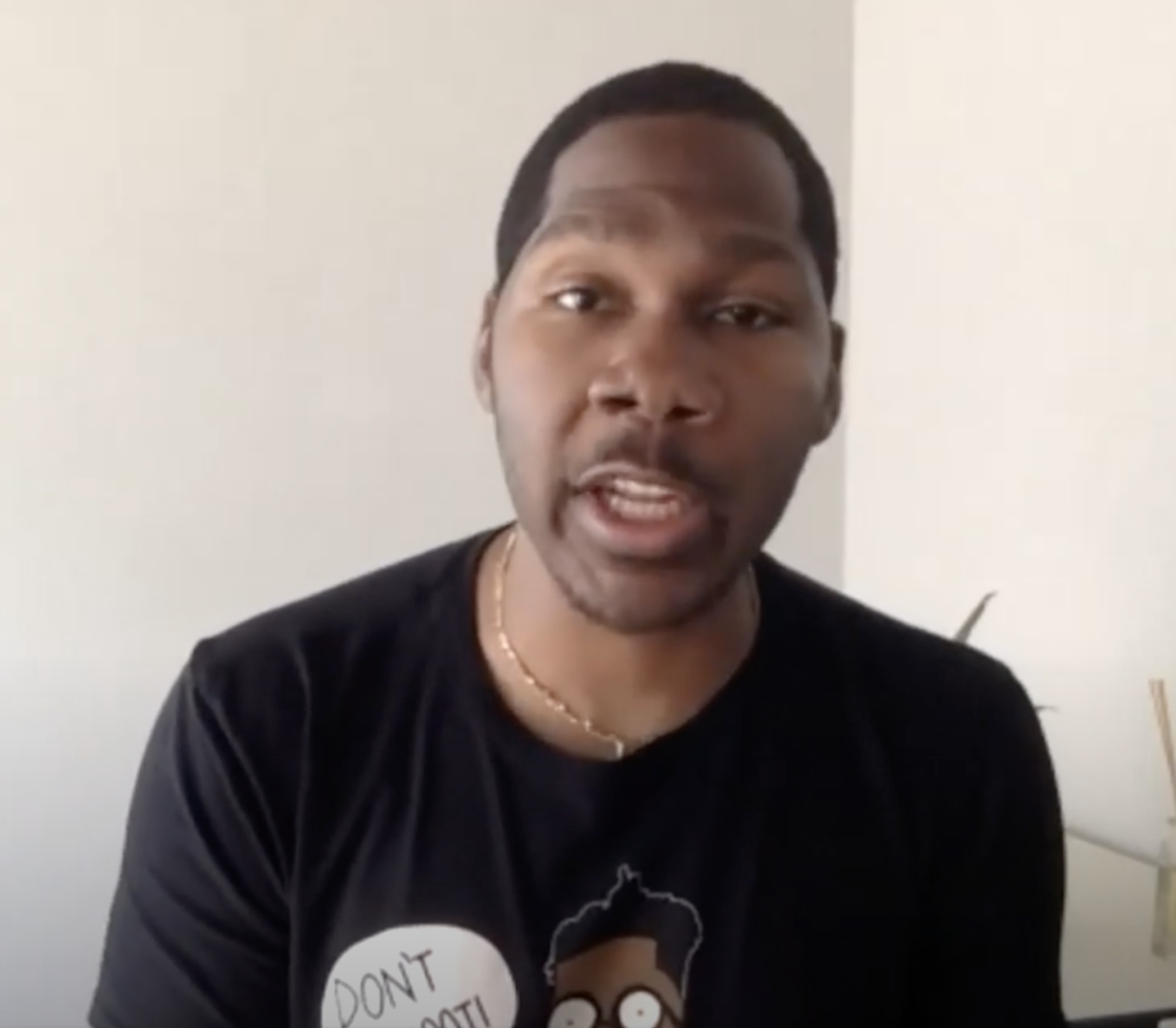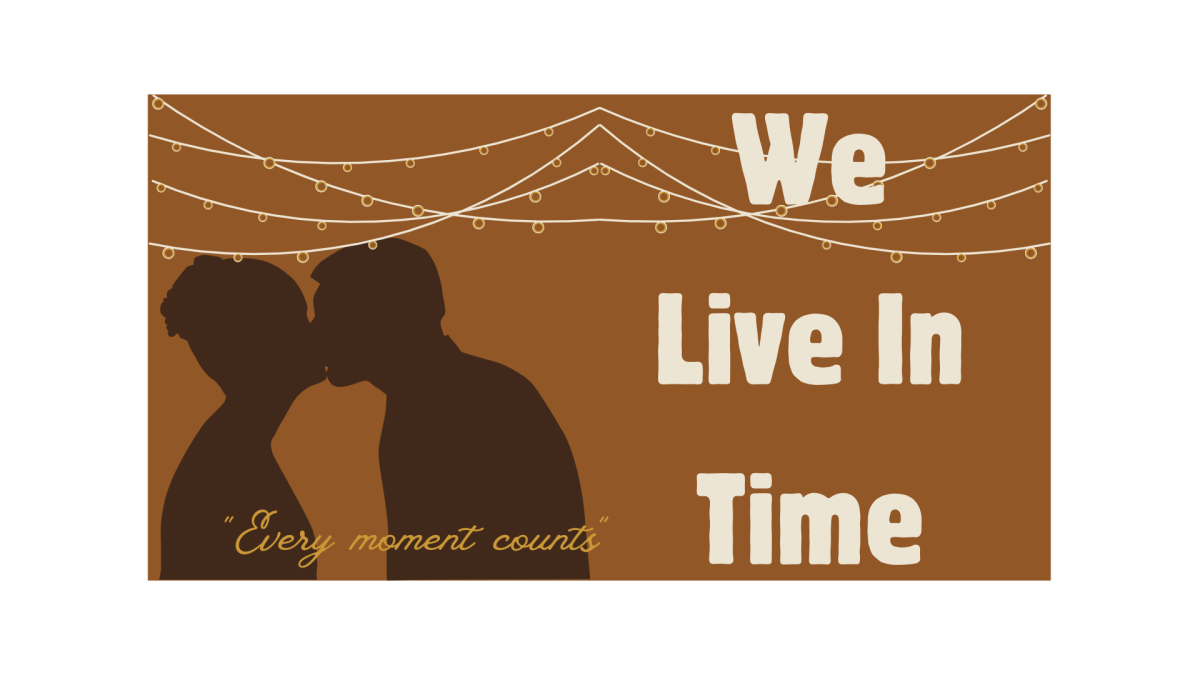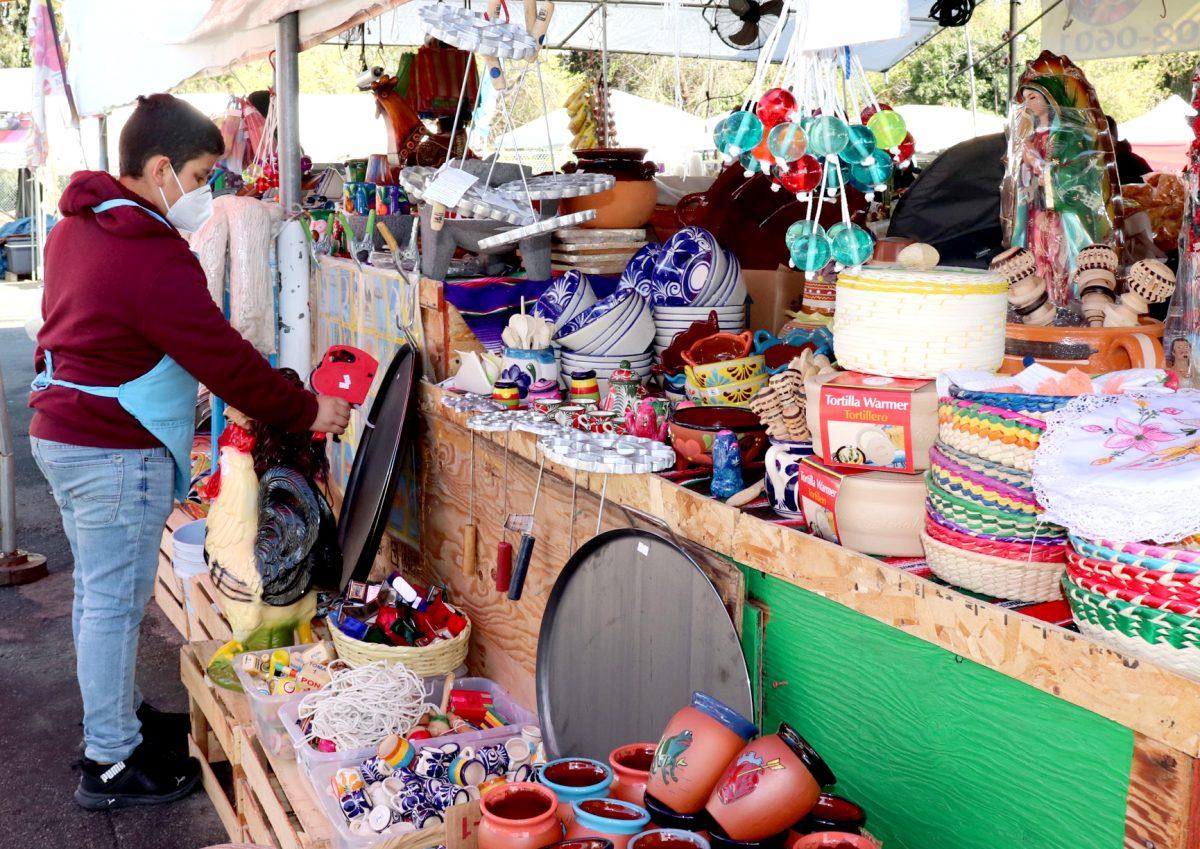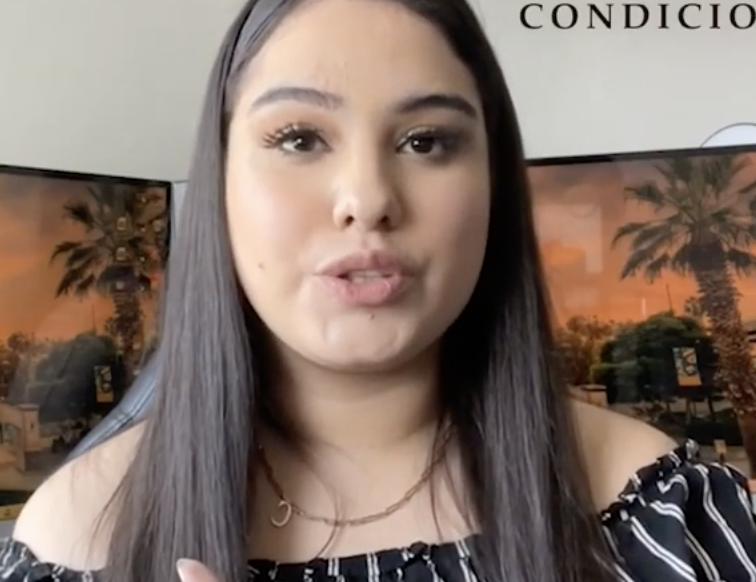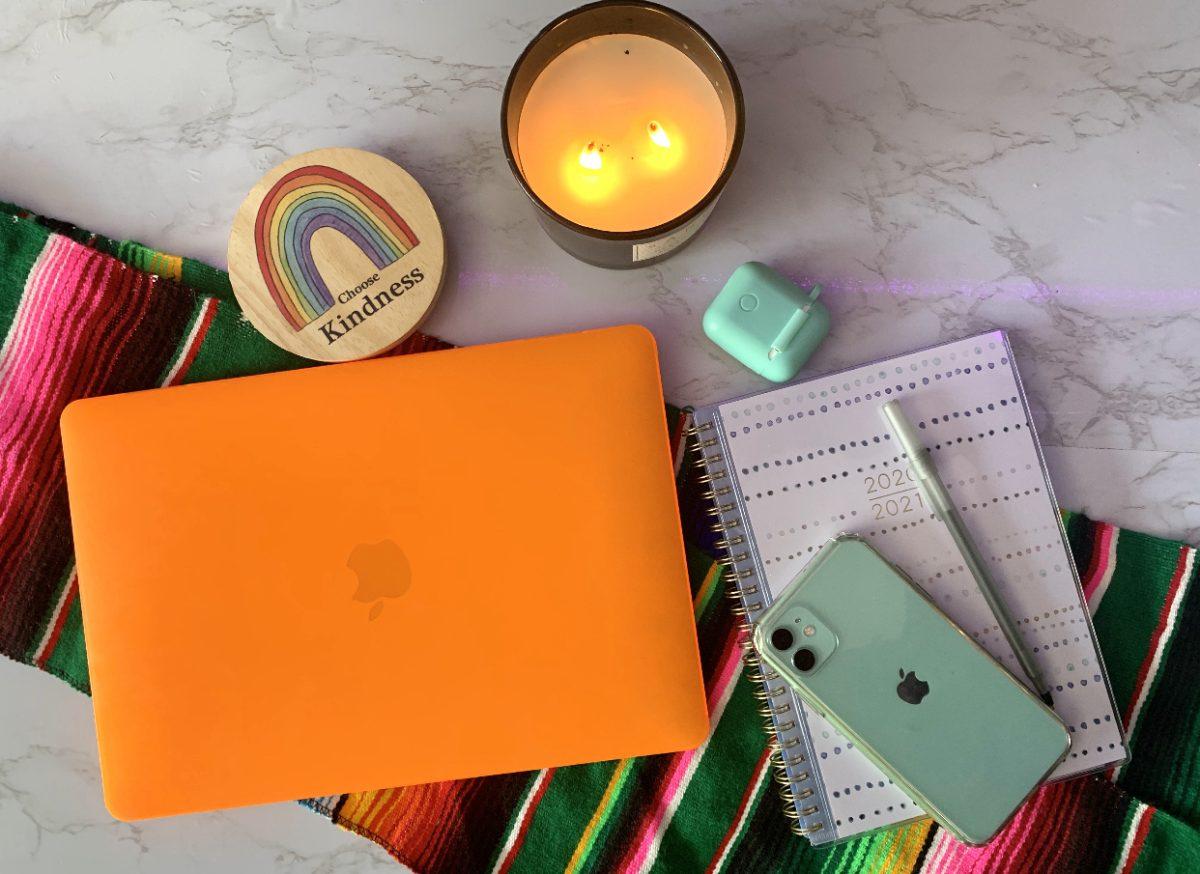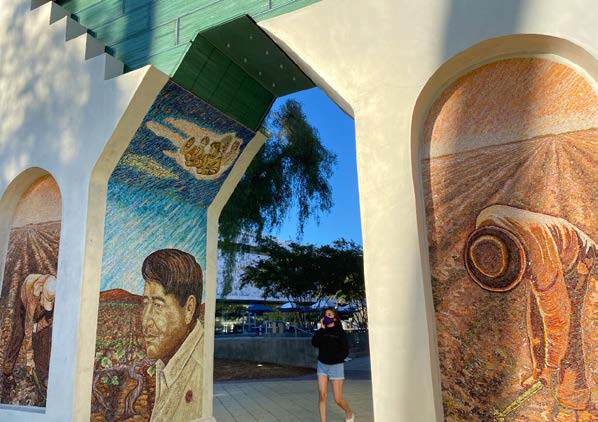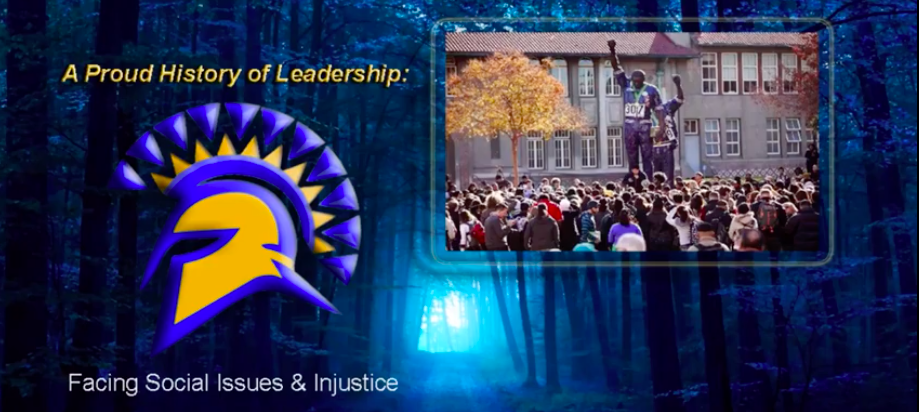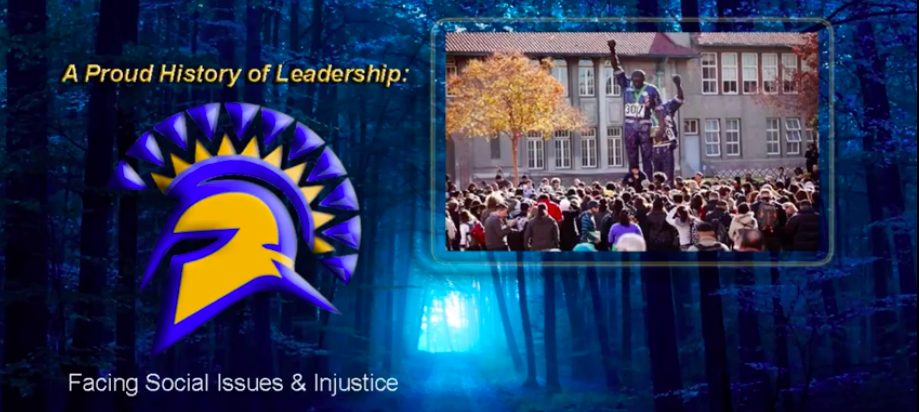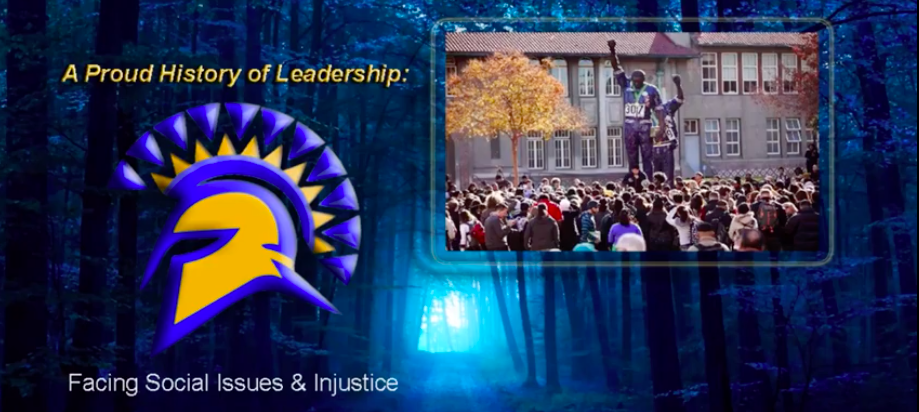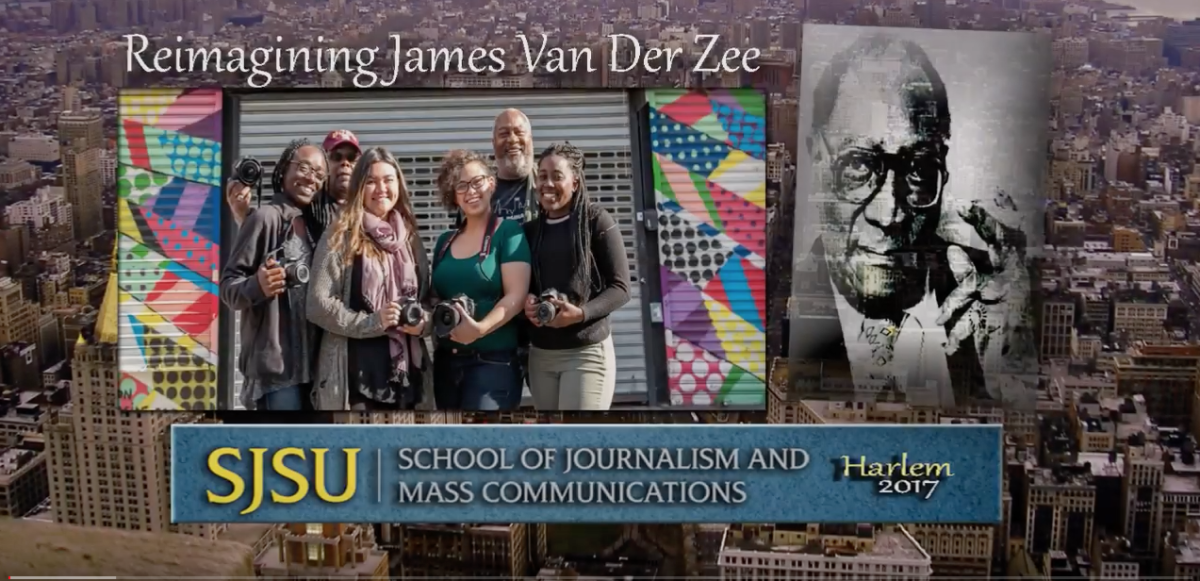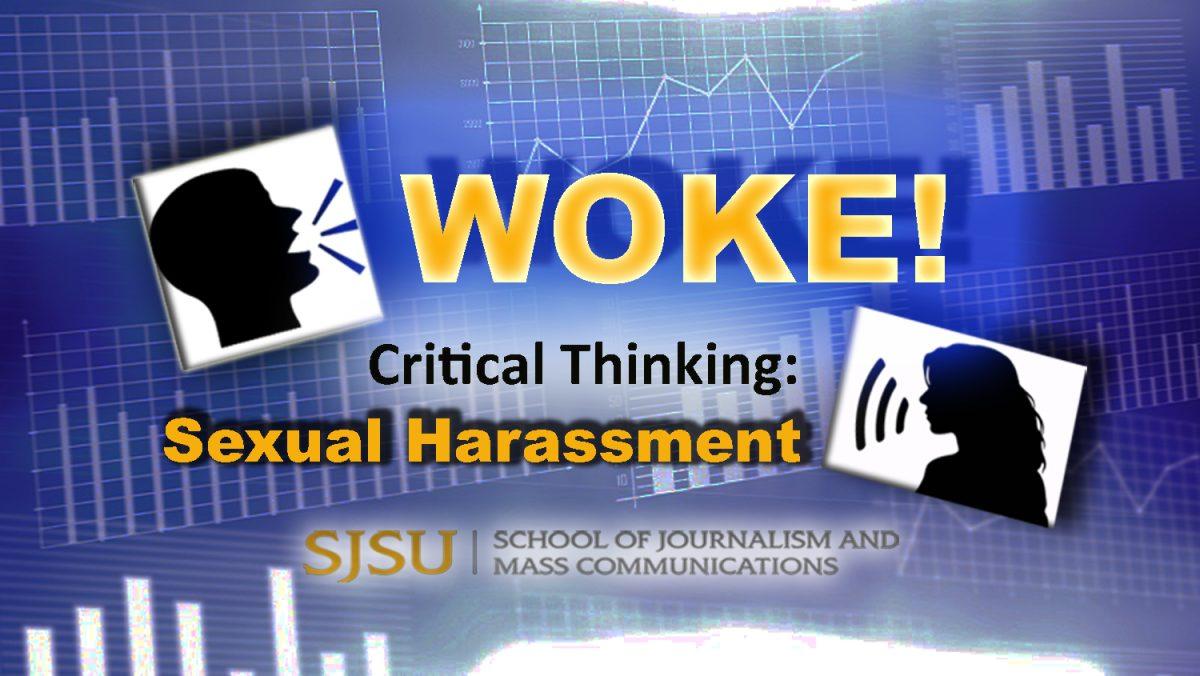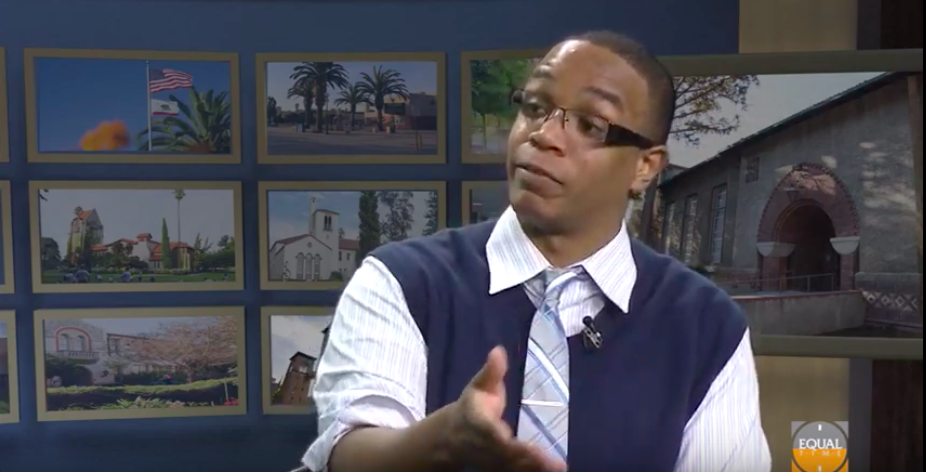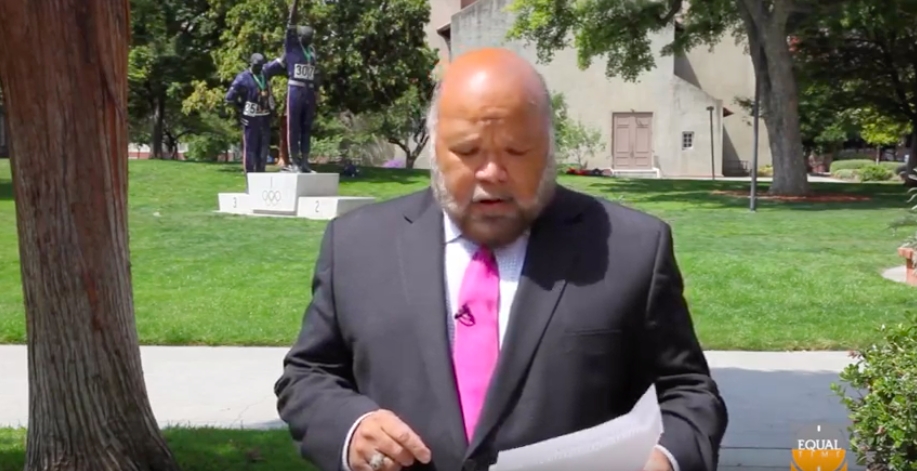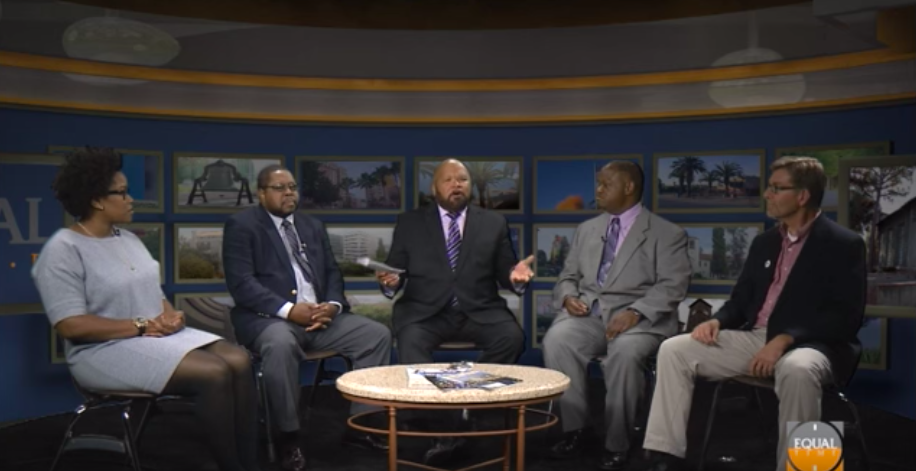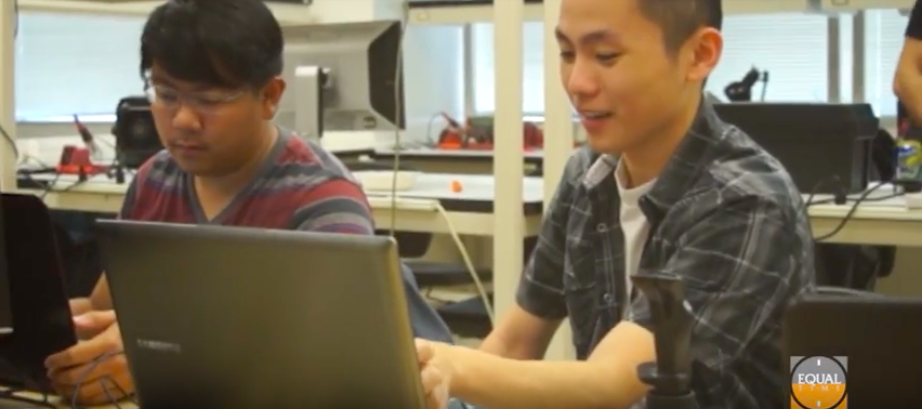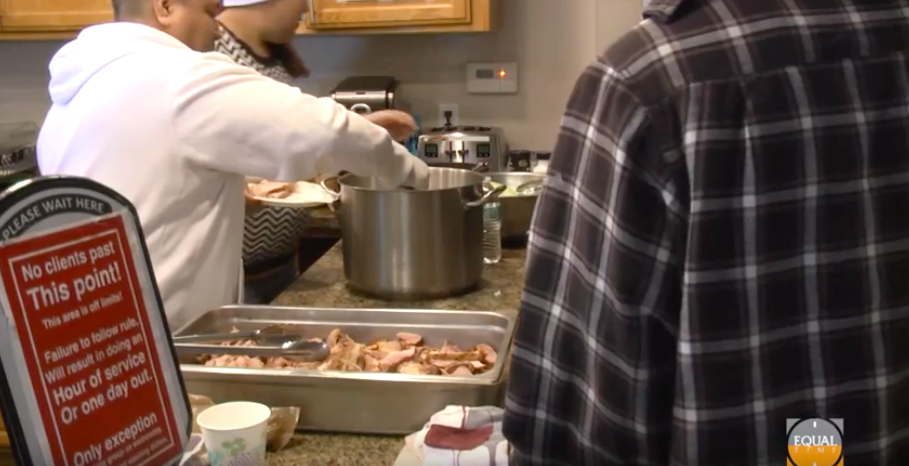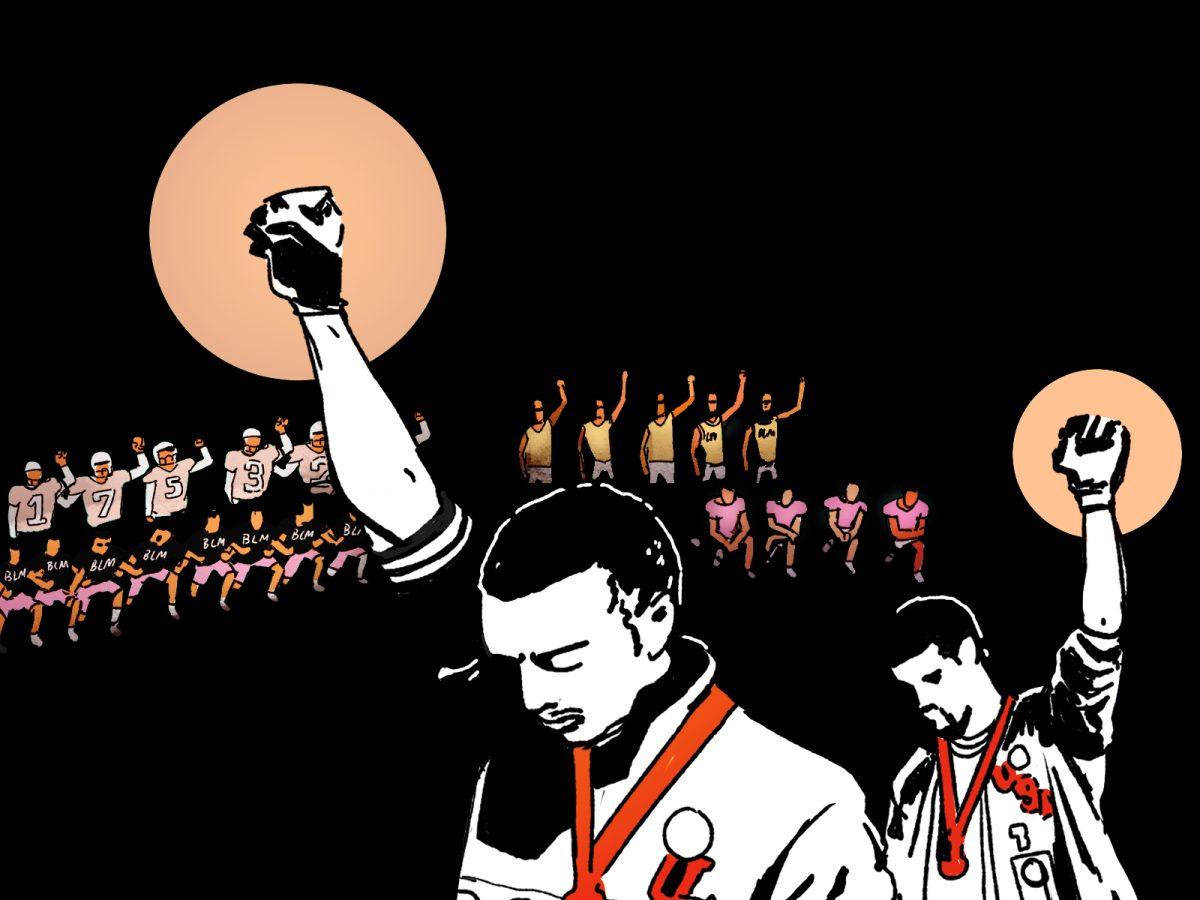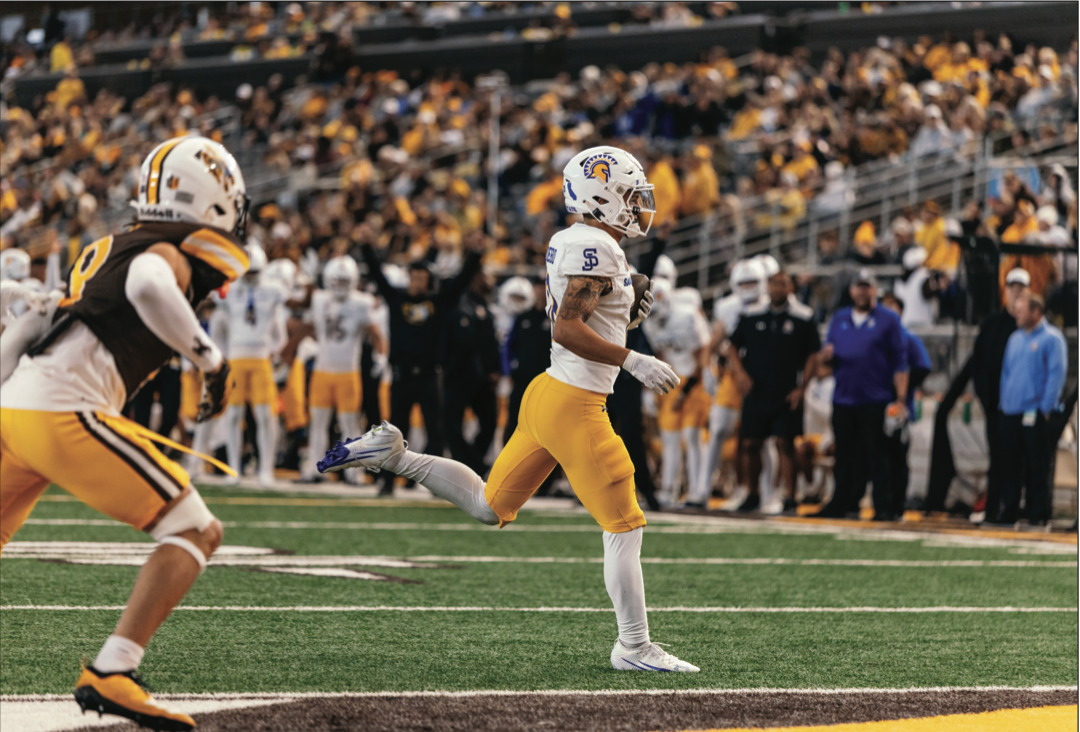Social justice activism within sports is in San Jose State students’ DNA, said panelists discussing the role of sports within society and the contributions of student-athlete activists in the past and present.
The Institute for the Study of Sport Society and Social Change (ISSSSC) held a Legacy Salute workshop through Zoom on Wednesday in collaboration with the College of Health and Human Sciences Student Success Center.
The discussion focused on the history of sports activism for students and community members and how crucial it is for change.
“Even as college students, you are really the heart of the movement,” said Akilah Carter-Francique, executive director of the institute and African American studies professor.
Carter-Francique said historical moments of activism have surrounded college students. She included examples such as the Civil Rights movement of 1965, Vietnam War protests in the 1970’s and the Indigenous Water Rights protests of 2016.
The Legacy Salute also highlighted the history of “SJSU DNA,” the university’s legacy surrounding student social justice activists. Panelists from the institute discussed a key precedent of this “DNA” in the moments that lead to the 1968 Summer Olympics Project for Human Rights in Mexico City.
The Olympic Project for Human Rights was established by Dr. Harry Edwards at SJSU in October 1967. Track and field athletes Tommie Smith and John Carlos were the first two athletes to join the organization, according to an Oct. 8, 2018 Global Sport Matters article.
Edwards encouraged advocacy and created an influential movement in sports, Carter-Francique said. Edwards was a visiting professor at SJSU from 1966-68, his racial minorities course attracted many Black athletes.
Carter-Francique said the institute is the “brainchild” of Edwards and his sports sociology.
She also said the image of Smith and Carlos atop the podium with raised fists demonstrates how athletes can raise consciousness and bring awareness to social issues.
Smith and Carlos used their gold and bronze medal victories at the 1968 Summer Olympics to bring attention to the inequities pertaining to Black individuals in the U.S.
She said the two used symbolism to bring attention to other facets of inequalities that particularly affected Black people.
Smith and Carlos wore black socks and no shoes to symbolize the disproportionate poverty rates among the Black community and black gloves to demonstrate Black strength and unity.
Smith wore a scarf while Carlos wore black beads to honor and remember Black lynching victims, according to an August 2008 Smithsonian article.
They were expelled and sent home from the Olympic Games after their demonstration and received death threats, according to the same article.
Edwards was followed by the FBI, which listed him on its Agitator Index used to track people considered to be a national security threat, according to an Oct. 15, 2018 Undefeated article.
Smith and Carlos were inducted into the U.S. Olympic and Paralympic Hall of Fame 51 years after their expulsion from the Olympics, according to a Sept. 23, 2019 Washington Post article.
Amy August, assistant director at ISSSSC, said sports are weaved into all parts of society and can bring awareness to social issues because of the platform sports can create for student-athletes.
“We have sports integrated into our family life, sometimes into our religion or education, into the economy, into politics and even into the media,” August said. “One of the reasons that we like to study sport is because it’s a socially significant activity for many.”
The discussion broke into small break-out rooms to talk about how students can transform words to actions on individual and larger scales by providing historical context on activism and identified avenues for activism today.
Elizabeth Doyle, executive assistant for the ISSSSC, said bringing visibility to social issueshas a large impact.
“It’s important to use any available platforms to share news that are particularly important to communities,” Doyle said. “Mainstream news can tend to pick and choose what stories are important enough to be disseminated at a large scale and ignore other significant crises at the same time.”
Carter-Francique encouraged students and community members to use social media platforms to bring visibility to important social issues.
“Educate others, share information, advocate for legislation,” Carter-Francique said. “Demonstration can create public awareness that includes
social media.”



